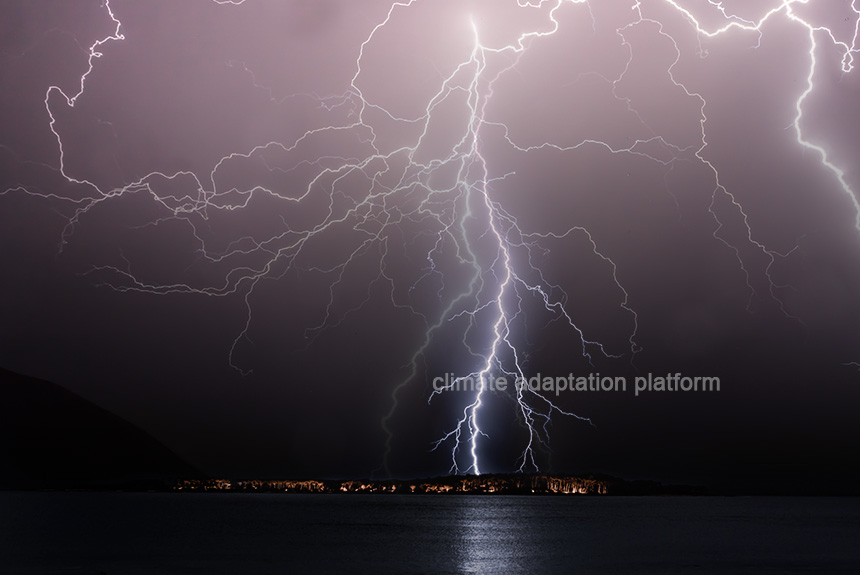Deaths caused by lightning are rising in Bangladesh, and climate change is to blame for the increase in fatalities, according to the BBC.
The UN data shows that Bangladesh loses 300 lives per year due to lightning strikes, a figure that is starkly higher compared to that of the United States, with less than 20 deaths per year.
The BBC article documents the lives of Bangladesh farmers – a group who have more lightning victims – and their loved ones on the impact of deaths from lightning strikes. Like most Bangladesh farmers, victims and their families rely on subsistence farming.
Climate change is the culprit
Md Mijanur Rahman, the director general of Bangladesh’s disaster management division, told the BBC, “Global warming, environmental changes, and living patterns are all factors for the increasing death toll due to lightning” (Vaidyanathan, 2023).
The government, NASA, and the UN all agree that climate change is increasing storminess, creating more deadly lightning strikes.
Bangladesh’s neighbouring country, India, is also seeing an increase in lightning strikes. However, several initiatives that involve multiple stakeholders, including scientific institutions, relevant government agencies and departments, disaster management practitioners, and other experts and professionals, have reduced the number of lightning fatalities to 60% in some areas in India.
The Executive Summary from the report “India: Annual Lightning Report 2020-2021” shows that these initiatives include improving lightning forecasts and, through the Lightning Reslint India Campaign launched in March 2019, expanding the reach of this forecast to as many areas as possible to bolster the country’s lightning resilience.
In Bangladesh, lightning strikes kill more people than floods, and the government is increasing efforts to reduce fatalities.
Lightning Sheds protect Bangladeshis from fatalities
The UNDCF launched the Local Government Initiative on Climate Change or LoGIC Project, funded by the European Union and Sida, the Swedish development agency. Funds from LoGIC allowed communities in Bangladesh to construct lightning sheds made of concrete that stand 10 meters high with a lightning rod on the top.
The BBC article says other efforts to reduce lightning deaths include planting tall trees in remote rural areas to absorb the impact of the strikes and a campaign to increase the country’s awareness of the dangers of thunderbolts.
Click the links in the “Source” section to learn more about how climate change is increasing the danger of lightning strikes in Bangladesh.
Sources:
Vaidyanathan, R. (2023, December 31). Bangladesh sees dramatic rise in lightning deaths linked to climate change. BBC. Retrieved from https://www.bbc.com/news/world-asia-67779223
Mirzapur, R. (2023, January 26). Lightning sheds provide a refuge as deadly storms increase in Bangladesh. UNCDF. Retrieved from https://www.uncdf.org/article/8119/lightning-sheds-provide-a-refuge-as-deadly-storms-increase-in-bangladesh
India: Annual Lightning Report 2020-2021 (Executive Summary). (2021, June 2021). Relief Web. Retrieved from https://reliefweb.int/report/india/india-annual-lightning-report-2020-2021-executive-summary



Leave a Reply